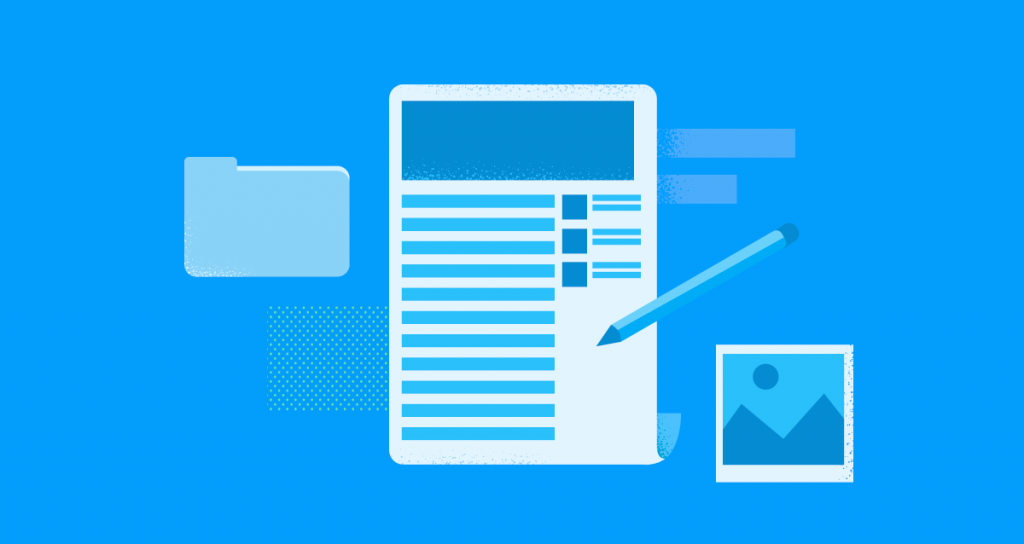
How to Create a Content Roadmap
BlogThe benefits of learning how to create a content roadmap can’t be overstated.
Indeed, there is a “wrong way” and a “right way” to approach content marketing. We would argue that the wrong is to write posts whenever you come up with a topic and post them randomly. The right way is to create a content roadmap– a structured plan that focuses on delivering quality content to your customers.
Let’s walk-through how to create a content roadmap for your digital marketing plan.
Content Roadmaps Should Support Your Funnel
You should have content that fits into each section of the funnel to support your customer’s journey. Plan for each and define each topic in your content roadmap.
Top of funnel content is where you’re capturing attention and possibly some leads, but keep in mind that these may be unqualified. Content directed at these visitors is broad and of high value but not specific to your product or service offering. For instance, an automobile insurance company ToFu blog might be titled “How Much Does Car Insurance Cost?”
Middle of the funnel content is directed at qualified leads—people who viewed your content and maybe offered their contact information but aren’t at the buying stage yet. Here, you’ll be more specific about your offering, touting your benefits. A blog post title for the same auto insurance company might be, “Allstate Vs. Farmer’s Car Insurance.”
Bottom of funnel blog posts will name your company as the preferred solution, but only in reference to how it will solve your customer’s problems. It’s important to remember that BoFu blogs do not boast or refer back to your products or services. Use BoFu content to overcome any obstacles the viewer might have. Content for the fictional car insurance company might look like this: “Here’s What Diane Did With Her 2019 Car Insurance Savings.”
Content Roadmaps Should Identify Your Users
Now that you understand the funnel, we can talk about the audience to whom you’re writing.
You know (through your sales and support efforts) that you have a few distinct types of customers. You can use these customer types to form basic “buyer personas,” which you will bolster with real customer research and data.
To create informed, directed content, you (and possibly your marketing agency) will need to conduct field research.
How to Create a Content Roadmap
Once you’ve outlined your buyer personas and identified the steps in your customer’s journey, you can create your content roadmap.

The best way to generate a roadmap is to get your marketing and sales team in a room and discuss your buyer personas, their pain points, and how your company solves their problems.
With those items on the whiteboard, everyone can offer suggestions on content directed at the buyer personas, which will eventually be grouped into ToFu/MoFu/BoFu offerings. (The grouping step can be done after the meeting if you’re running short on time.)
The content roadmap is a result of the roadmap meeting where you emerge with clear direction and titles for the content you’ll generate for your personas.
But You’re Not Done Yet…
After you’ve brainstormed and organized your thoughts, gut check your ideas against search data. Are people actually searching for the ideas you generated? Are they wording their questions in a slightly different way? How difficult is this topic–can we actually rank? (If you can’t rank, you can still be successful, but you’ll need to promote it elsewhere. Namely social media and email.)
Identify the resources you’ll need to complete each piece of content, e.g., schedule an interview with your CEO to get a quote to enhance your content.
Then, date and schedule each piece of content in a project management tool. Stick to this schedule for best results.
Now it’s time to start writing!
Create the structured content that will appeal directly to your customers, wherever they are in the stages of the funnel. They’ll be more likely to engage your company, share your content, and return to move to the next stage of the funnel—right up to purchase time.

